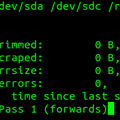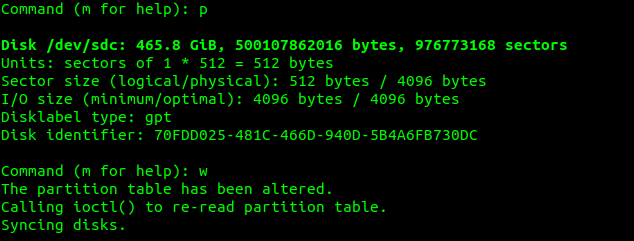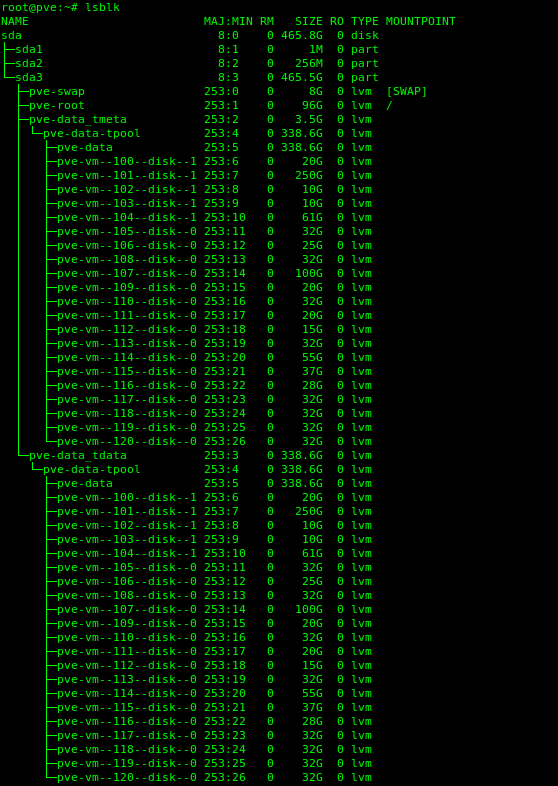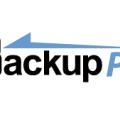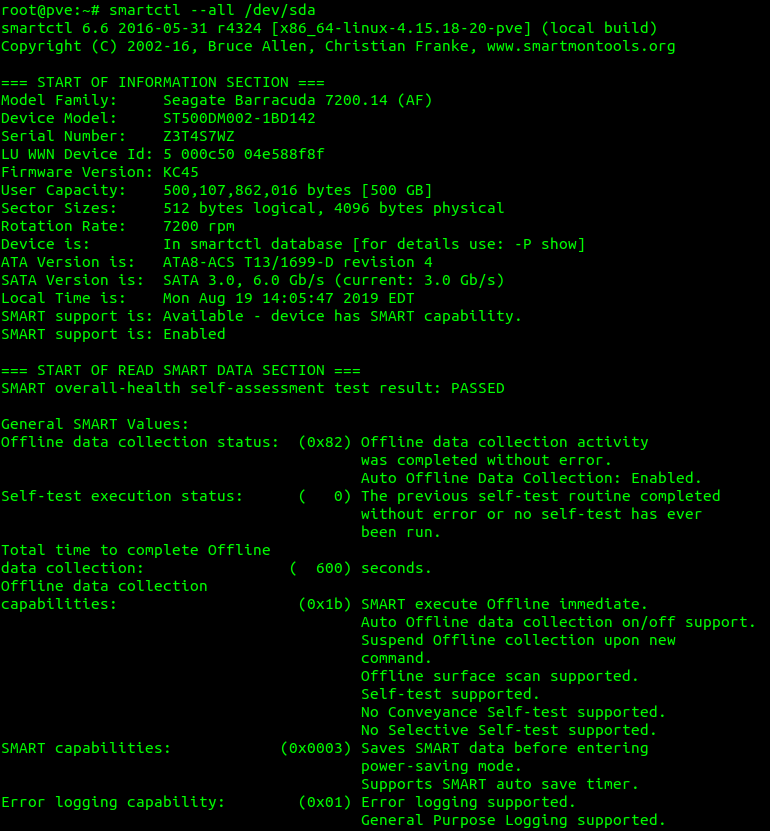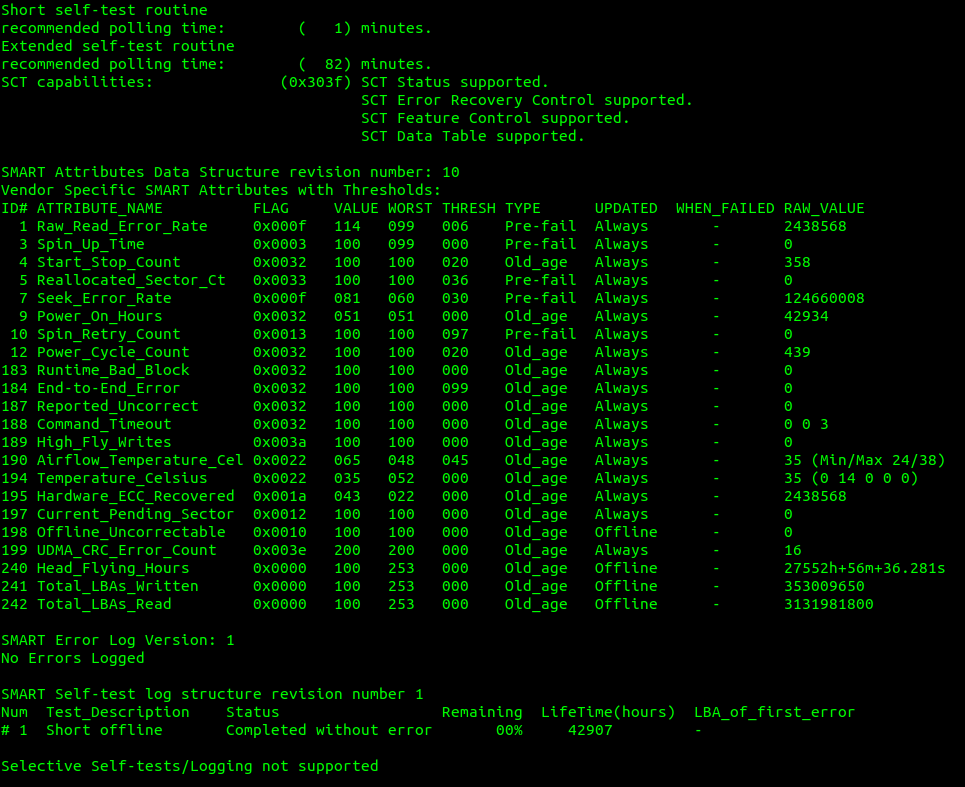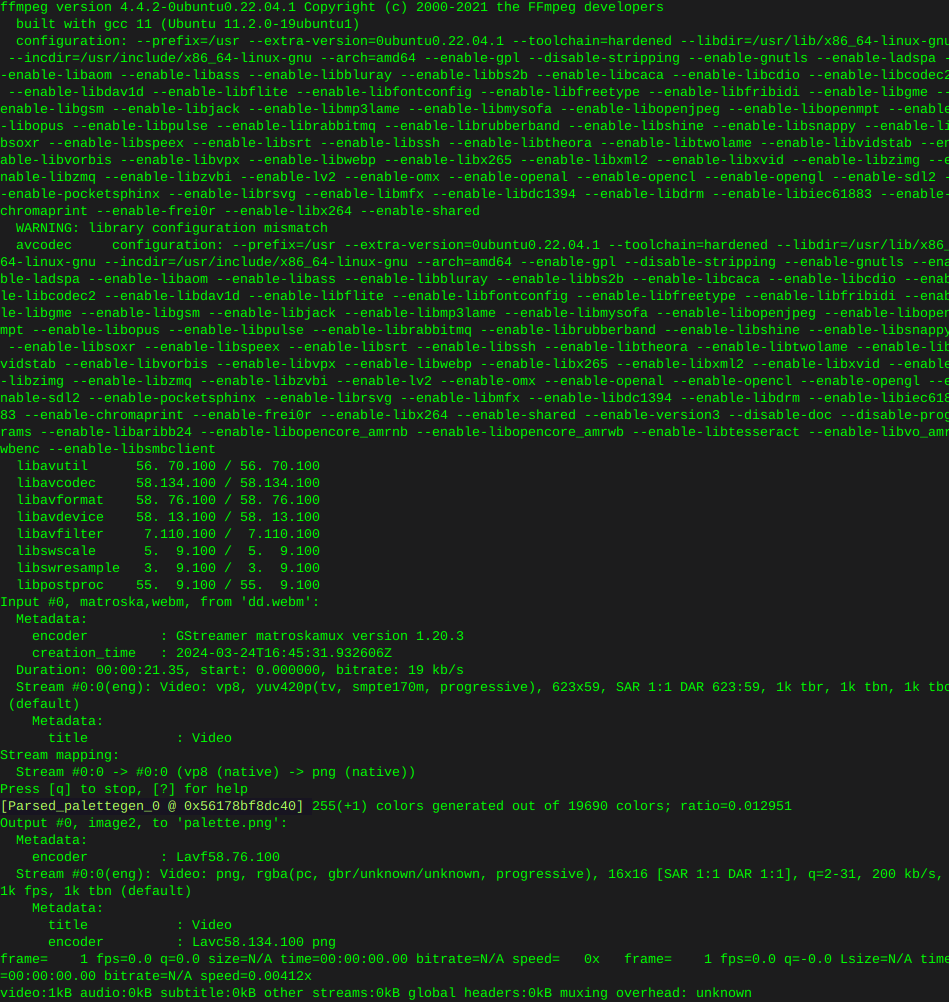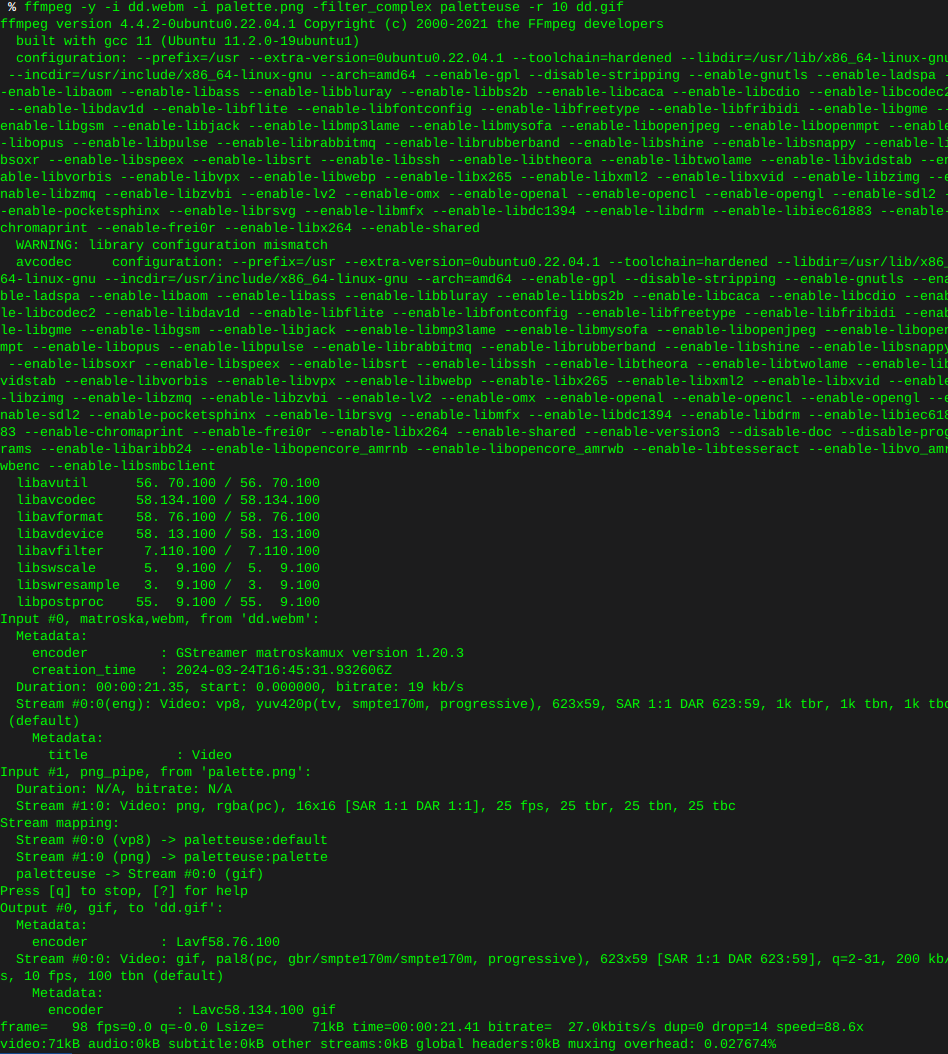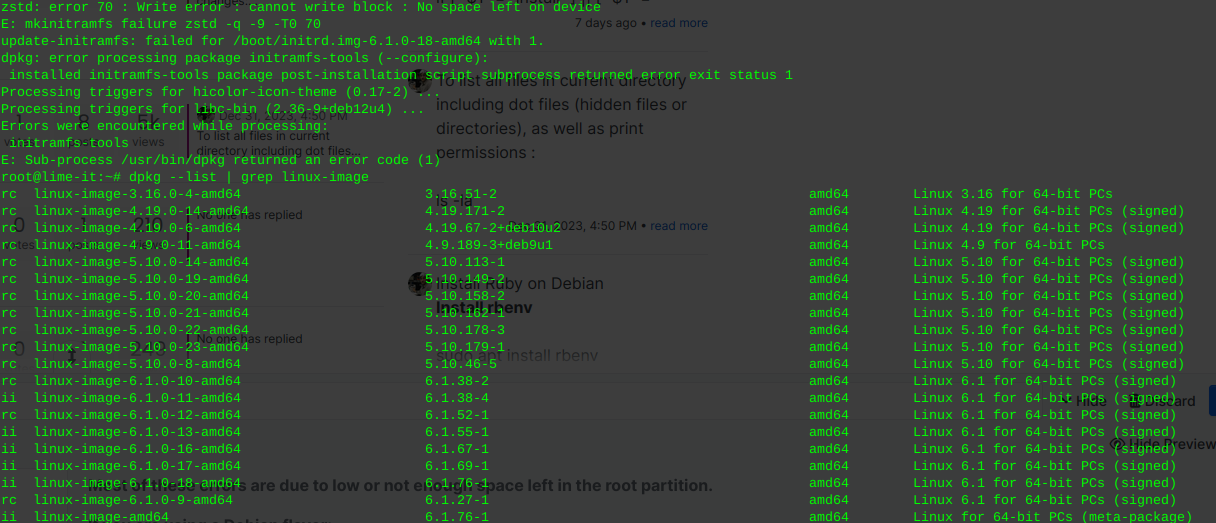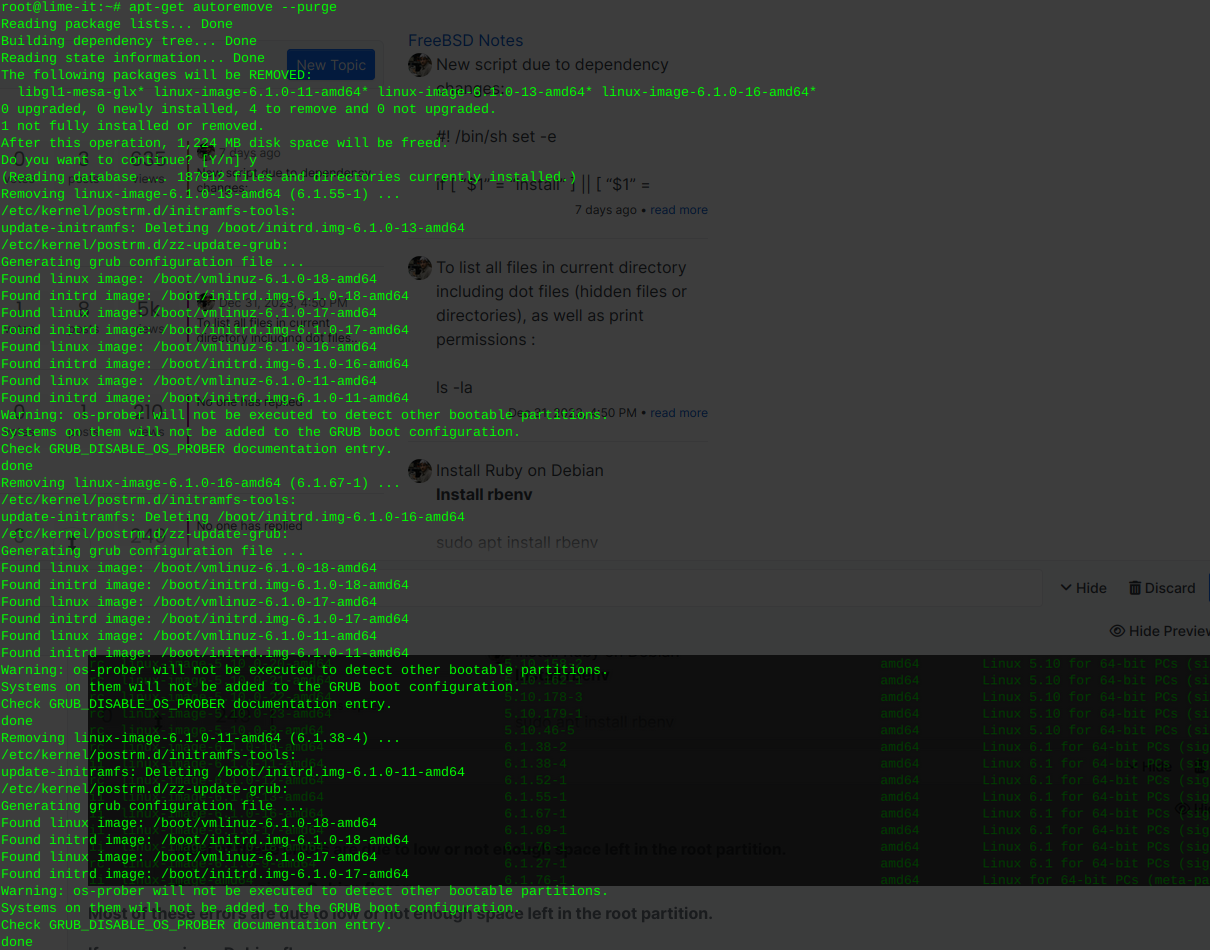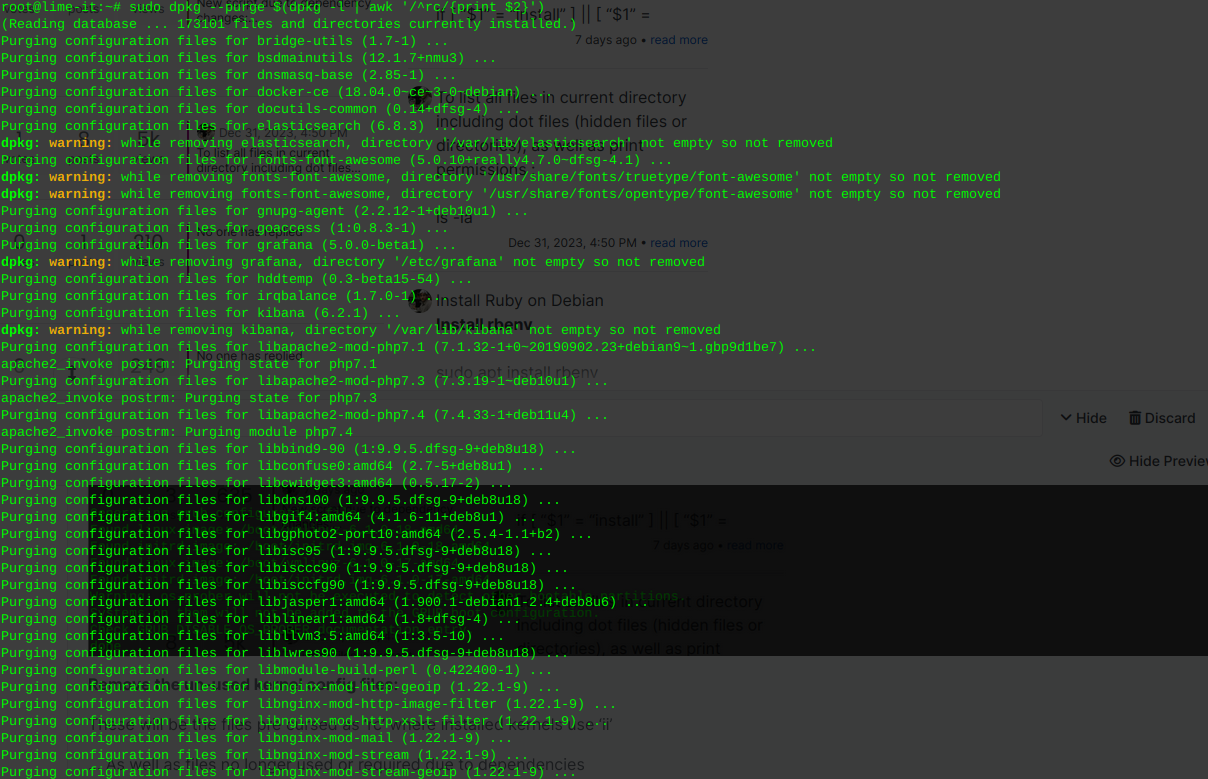New script due to dependency changes:
#! /bin/sh set -e
if [ “$1” = “install” ] || [ “$1” = “upgrade” ]; then
ACTION=$1
elif [ “$1” = “” ]; then ACTION=install else echo “usage: $(basename $0) action [source]” echo “action is either install (default) or upgrade” echo “source is either tar (default) or git” exit 1 fi
if [ “$2” = “git” ] || [ “$2” = “tar” ]; then SOURCE=$2 elif [ “$2” = “” ]; then SOURCE=tar else echo “Unknown source $2!” exit 1 fi
if [ “$BPC_UID” ] && [ $(getent passwd “$BPC_UID” | cut -d ‘:’ -f 1) != “backuppc” ]; then echo “The uid = $BPC_UID is already in use!” exit 1 fi
#Install dependencies
apt-get -q update export DEBIAN_FRONTEND=noninteractive apt-get install -q -y apache2 apache2-utils libapache2-mod-perl2 par2 perl smbclient rsync tar gcc zlib1g zlib1g-dev rrdtool git make perl-doc libarchive-zip-perl libfile-listing-perl libxml-rss-perl libcgi-session-perl libacl1-dev wget iputils-ping pwgen
#Set up backuppc user and directory
if ! id backuppc >/dev/null 2>&1; then if [ “$BPC_UID” ]; then adduser --system --home /var/lib/backuppc --group --disabled-password --shell /bin/false --uid=“$BPC_UID” backuppc else adduser --system --home /var/lib/backuppc --group --disabled-password --shell /bin/false backuppc fi fi mkdir -p /var/lib/backuppc/.ssh chmod 700 /var/lib/backuppc/.ssh echo -e “BatchMode yes\nStrictHostKeyChecking no” > /var/lib/backuppc/.ssh/config if [ ! -e /var/lib/backuppc/.ssh/id_rsa ]; then ssh-keygen -q -t rsa -b 4096 -N ‘’ -C “BackupPC key” -f /var/lib/backuppc/.ssh/id_rsa fi chmod 600 /var/lib/backuppc/.ssh/id_rsa chmod 644 /var/lib/backuppc/.ssh/id_rsa.pub chown -R backuppc:backuppc /var/lib/backuppc/.ssh
#Set password or read password file
if [ “$BPC_PASS” ]; then PASSWORD=“$BPC_PASS” elif [ -e /root/password ]; then PASSWORD=$(cat /root/password) chmod 600 /root/password else PASSWORD=$(pwgen -s -1 32) echo “$PASSWORD” > /root/password chmod 600 /root/password fi echo “backuppc:$PASSWORD” | chpasswd backuppc
#Get BackupPC release versions
get_latest_release() {
wget -q -O - “https://api.github.com/repos/$1/releases/latest” | grep ‘“tag_name”:’ | sed -E ‘s/.“([^”]+)"./\1/’
}
bpcver=$(get_latest_release “backuppc/backuppc”)
bpcxsver=$(get_latest_release “backuppc/backuppc-xs”)
rsyncbpcver=$(get_latest_release “backuppc/rsync-bpc”)
mkdir -p /tmp/bpc cd /tmp/bpc
if [ $SOURCE = “tar” ]; then
##Fetch and install latest stable releases
wget https://github.com/backuppc/backuppc-xs/releases/download/$bpcxsver/BackupPC-XS-$bpcxsver.tar.gz wget https://github.com/backuppc/rsync-bpc/releases/download/$rsyncbpcver/rsync-bpc-$rsyncbpcver.tar.gz wget https://github.com/backuppc/backuppc/releases/download/$bpcver/BackupPC-$bpcver.tar.gz tar -zxf BackupPC-XS-$bpcxsver.tar.gz tar -zxf rsync-bpc-$rsyncbpcver.tar.gz tar -zxf BackupPC-$bpcver.tar.gz cd BackupPC-XS-$bpcxsver perl Makefile.PL make make test make install cd …/rsync-bpc-$rsyncbpcver ./configure make make install cd …/BackupPC-$bpcver fi
if [ $SOURCE = “git” ]; then
#Fetch and install the latest development code instead
git clone https://github.com/backuppc/backuppc.git git clone https://github.com/backuppc/backuppc-xs.git git clone https://github.com/backuppc/rsync-bpc.git cd backuppc-xs perl Makefile.PL make make test make install cd …/rsync-bpc ./configure make make install cd …/backuppc ./makeDist --nosyntaxCheck --releasedate “date -u "+%d %b %Y"” --version ${bpcver}git tar -zxf dist/BackupPC-${bpcver}git.tar.gz cd BackupPC-${bpcver}git fi
if [ $ACTION = “install” ]; then ./configure.pl --batch --cgi-dir /var/www/cgi-bin/BackupPC --data-dir /var/lib/backuppc --hostname backuppc --html-dir /var/www/html/BackupPC --html-dir-url /BackupPC --install-dir /usr/local/BackupPC fi
if [ $ACTION = “upgrade” ]; then ./configure.pl --batch --config-path /etc/BackupPC/config.pl fi
#Set up web server #Note that changing the apache user and group (/etc/apache2/envvars) could cause other services #provided by apache to fail. There are alternatives if you don’t want to change the apache #user: use SCGI or a setuid BackupPC_Admin script - see the docs. cp httpd/BackupPC.conf /etc/apache2/conf-available/backuppc.conf sed -i “/Require local/d” /etc/apache2/conf-available/backuppc.conf sed -i “s/export APACHE_RUN_USER=www-data/export APACHE_RUN_USER=backuppc/” /etc/apache2/envvars sed -i “s/export APACHE_RUN_GROUP=www-data/export APACHE_RUN_GROUP=backuppc/” /etc/apache2/envvars echo ‘’ > /var/www/html/index.html a2enconf backuppc a2enmod cgid service apache2 restart
#Set up backuppc service
cp systemd/init.d/debian-backuppc /etc/init.d/backuppc
chmod 755 /etc/init.d/backuppc
update-rc.d backuppc defaults
chmod u-s /var/www/cgi-bin/BackupPC/BackupPC_Admin
touch /etc/BackupPC/BackupPC.users
sed -i “s/$Conf{CgiAdminUserGroup}.*/$Conf{CgiAdminUserGroup} = ‘backuppc’;/” /etc/BackupPC/config.pl
sed -i “s/$Conf{CgiAdminUsers}.*/$Conf{CgiAdminUsers} = ‘backuppc’;/” /etc/BackupPC/config.pl
chown -R backuppc:backuppc /etc/BackupPC
echo $PASSWORD | htpasswd -i /etc/BackupPC/BackupPC.users backuppc
service backuppc start
#Clean up
cd rm -rf /tmp/bpc echo “All done!” exit 0

